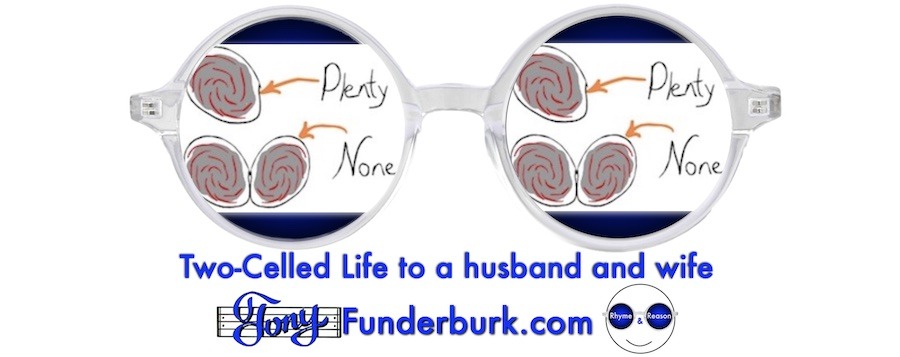Two-Celled Life
Did you know there are many single-celled forms of life? And did you also know there is no known two-celled life?
It’s no big deal, though. Right? After all…we’re just talking about tiny, little, microscopic particles of life. Couldn’t possibly make any difference in the grand scheme of things. Hold on there partner. It makes a huge difference because millions…or should I say billions…of people are staking their eternal soul on things like this.
Yep…you may not realize it (although most of my readers are quite savvy to this information), but in order for macroevolution to be a valid theory for how we got here, we should be able to find a whole lot of transitional forms of life with 2-20 cells. We should see them everywhere, and that would help close the chasm between single-celled and multi-celled organisms.
In truth, the only known forms of life with 6-20 cells are merely parasites. How appropriate. Those simple multi-celled parasites need a much more complex host animal for even the basic functions of life…like breathing and digestion.
See how that works? Those parasites couldn’t evolve into something greater than themselves. They need something greater than themselves to even exist in the first place. Talk about tautology. (well, let’s not)
The difference between one-celled life and two-celled life is just one cell. But it’s one of the tiny reasons why evolution just doesn’t work as a theory for the origin of life.
In Faith, Hope, and Love,


